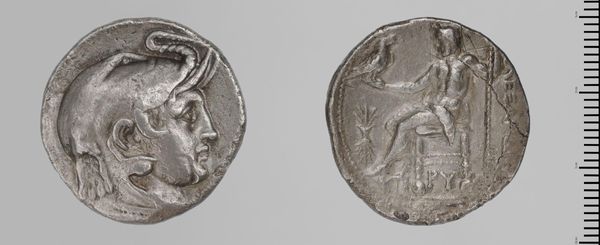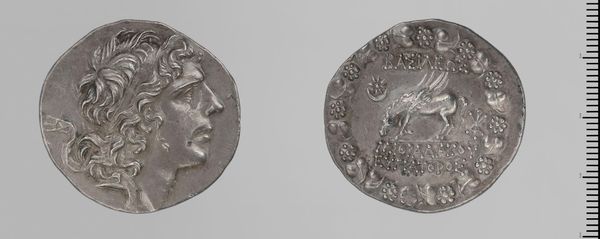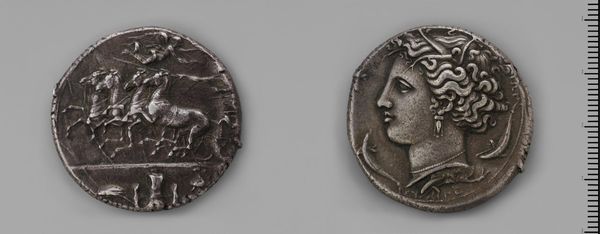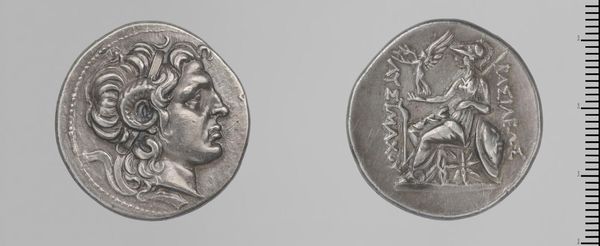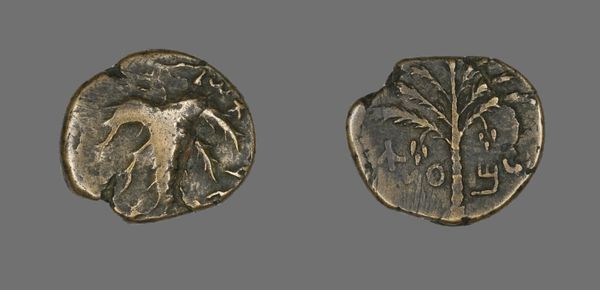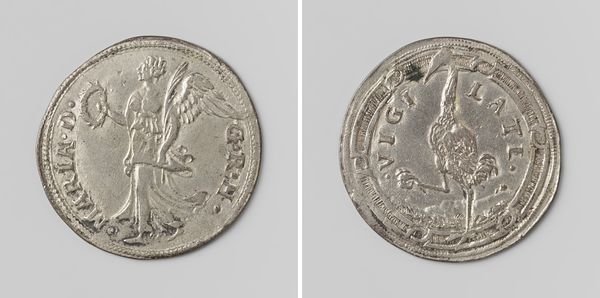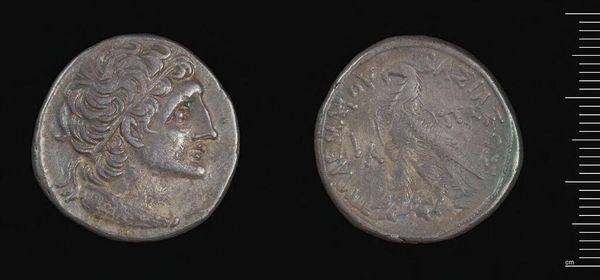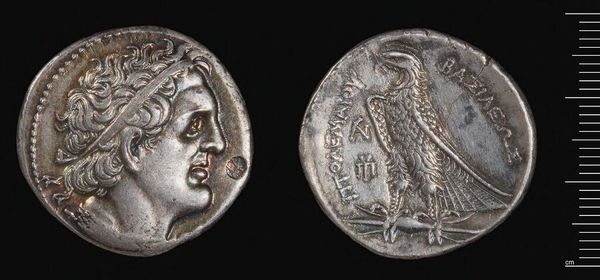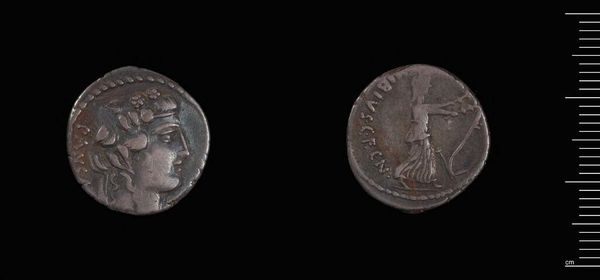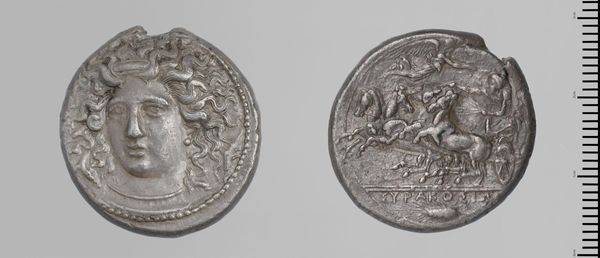
Tetradrachm (Coin) Portraying King Ptolemy I c. 367
0:00
0:00
silver, metal, relief, bronze
#
portrait
#
silver
#
metal
#
sculpture
#
greek-and-roman-art
#
relief
#
bronze
#
figuration
#
ancient-mediterranean
#
coin
Dimensions: Diam. 2.6 cm; 13.80 g
Copyright: Public Domain
This ancient Eastern Mediterranean coin portrays King Ptolemy I, and was minted in the Hellenistic period which followed Alexander the Great’s death in 323 BCE. As one of Alexander's generals, Ptolemy claimed Egypt, initiating a dynasty that lasted until Cleopatra's defeat by Rome. Coins like this tetradrachm were not merely currency; they were tools of power. Note the ruler's idealized image on the obverse. This wasn’t just a portrait; it was carefully crafted propaganda. How did Ptolemy wish to be seen? As a strong, wise leader, continuing Alexander’s legacy. Consider the visual language: the strong profile, the diadem signifying kingship, and the eagle on the reverse, a symbol of Zeus, thus linking Ptolemy to the divine. Coins circulated widely, embedding these images, and the ideologies they carried, in the public consciousness. This coin reminds us that even the smallest objects can tell big stories about identity, power, and the construction of history.
Comments
No comments
Be the first to comment and join the conversation on the ultimate creative platform.
